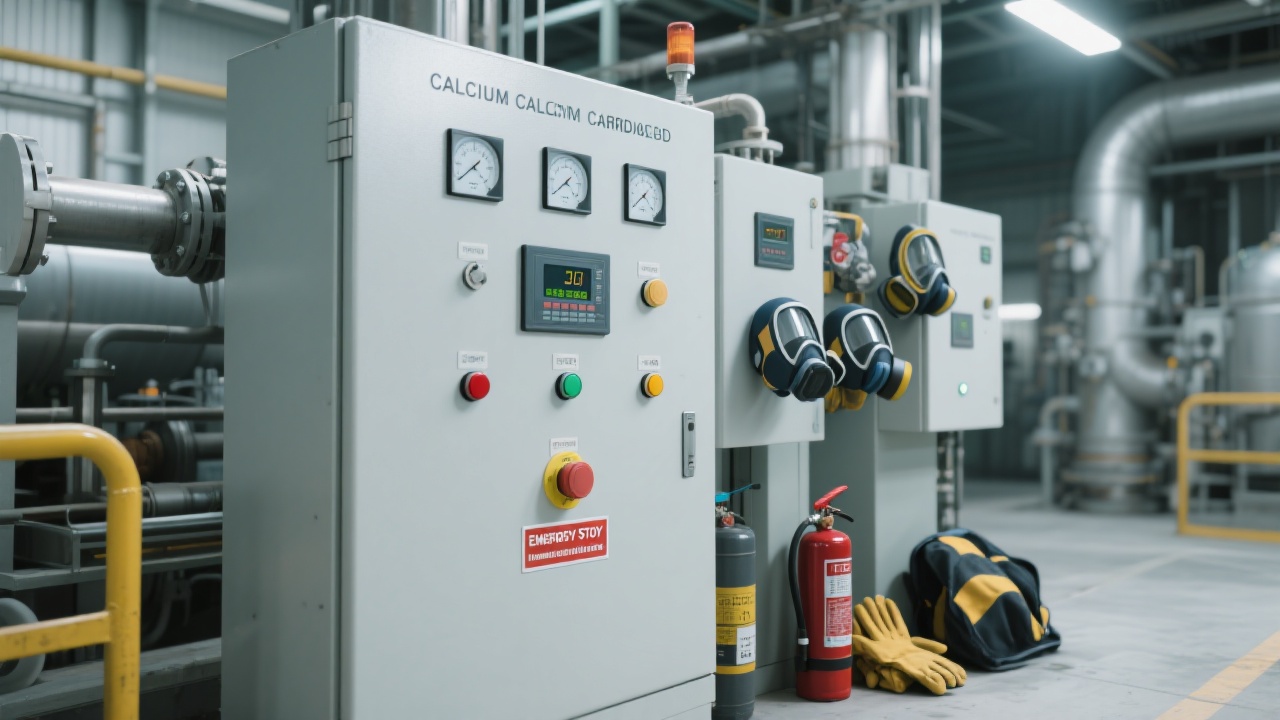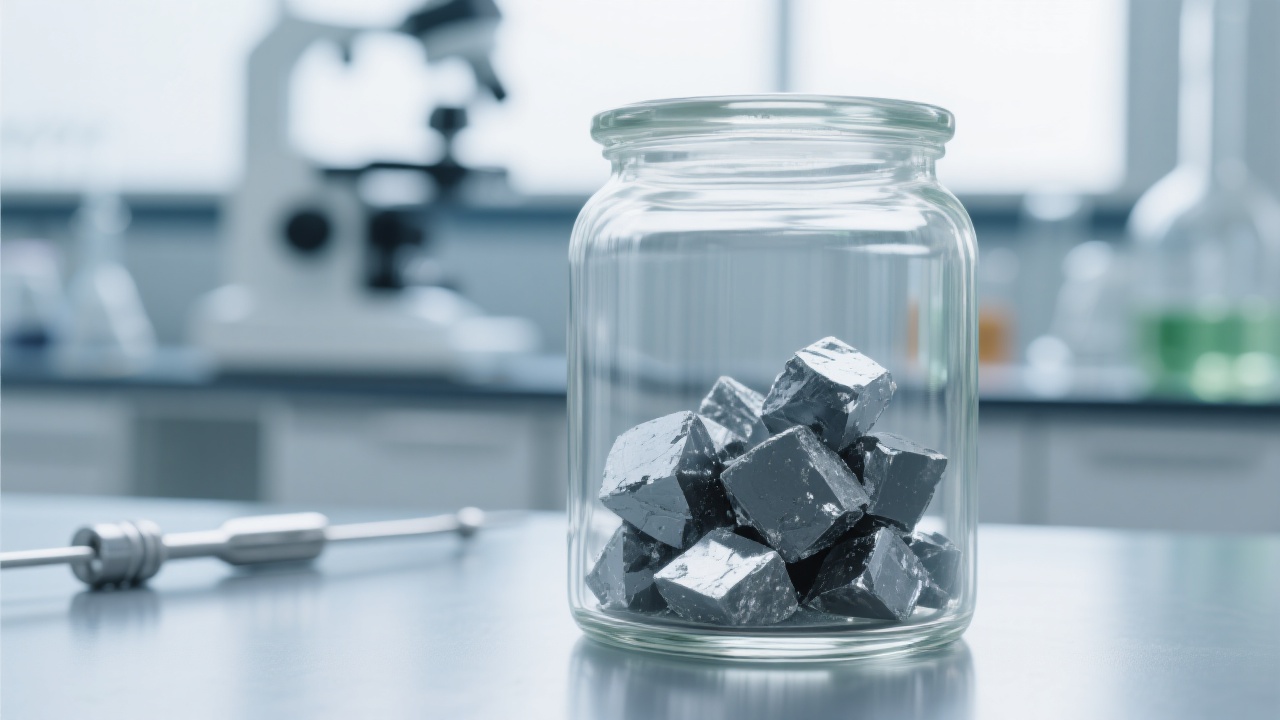
Calcium carbide (CaC2) stands as a cornerstone chemical widely used in industrial applications, especially within the chemical manufacturing sector. Its unique ability to release acetylene gas upon reaction with water makes it indispensable yet simultaneously demands rigorous storage and handling practices to mitigate inherent safety risks. For export-driven enterprises and warehouse operators, mastering calcium carbide storage protocols is crucial to ensuring uninterrupted supply chains and zero-incident operations.
Calcium carbide typically appears as grayish-black granules or lumps, solid at ambient conditions. The substance reacts violently when exposed to moisture, producing acetylene (C2H2) gas along with significant heat release:
CaC2 + 2H2O → C2H2 (acetylene) + Ca(OH)2 + heat
This exothermic reaction poses not only a fire hazard due to acetylene’s high flammability but also explosion risks if acetylene gas accumulates in confined spaces. Consequently, strict environmental controls and safety measures are non-negotiable for any facility storing or trading calcium carbide internationally.
| Storage Parameter | Recommended Conditions | Rationale |
|---|---|---|
| Relative Humidity | Below 75% | Prevents moisture-induced acetylene formation |
| Temperature | Stable, cool environment (~15-25°C) | Minimizes heat buildup and spontaneous reaction risk |
| Ventilation | Well-ventilated, open-air or filtered exhaust | Disperses acetylene gas to avoid accumulation |
| Storage Containers | Tightly sealed, moisture-proof packaging | Prevents exposure to humidity and contamination |
| Prohibited Items Nearby | Acids, alcohols, oxidizers, open flames | Avoids violent chemical reactions & ignition sources |
- Do keep calcium carbide in a dedicated, dry warehouse separate from acid or alcohol storage.
- Do regularly monitor ambient humidity and temperature using calibrated sensors.
- Do train warehouse personnel comprehensively on emergency response and PPE use.
- Don’t store or transport calcium carbide near ignition sources, sparks, or open flames.
- Don’t allow moisture contact under any circumstances; even condensation can trigger hazardous reactions.
Implementing a proactive safety culture requires a multi-layered approach:
By instilling these measures, companies can safeguard their assets and personnel as well as maintain uninterrupted delivery schedules—key factors in preserving trust with global clients.
Ensuring the safe storage of calcium carbide is more than regulatory compliance—it's a strategic imperative. Inadequate handling can lead to lost shipments, damaged goods, increased insurance costs, and worst of all, catastrophic accidents risking human lives and terminating business partnerships. Exporters and warehouses must therefore integrate rigorous scientific controls and personnel training into their operational workflows.
Ensure your supply chain is risk-free and let every shipment of calcium carbide arrive safely and on time.
Discover Our Comprehensive Calcium Carbide Storage Solutions Today

Calcium carbide's valuable role in industry comes with an equal responsibility to handle it wisely. The intersection of its chemical nature and logistical complexities demands nothing short of best-in-class storage strategies spanning environmental control, personnel training, and crisis management. In the global chemical trade arena, where every shipment matters, there is no room for compromise on safety.
This article integrates industry best practices and real-world lessons to empower chemical exporters and warehouse managers toward a safer and more reliable calcium carbide supply chain.












